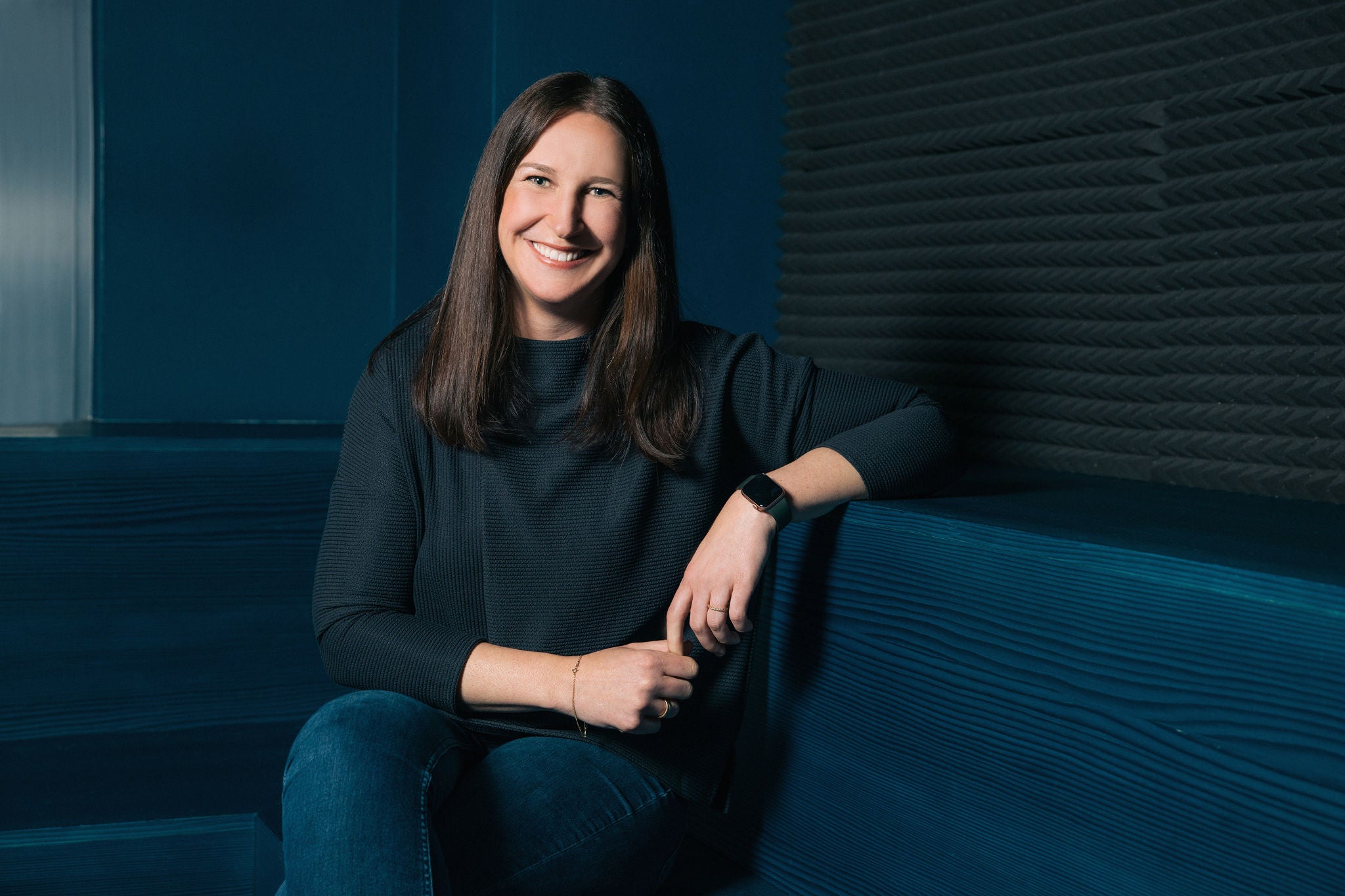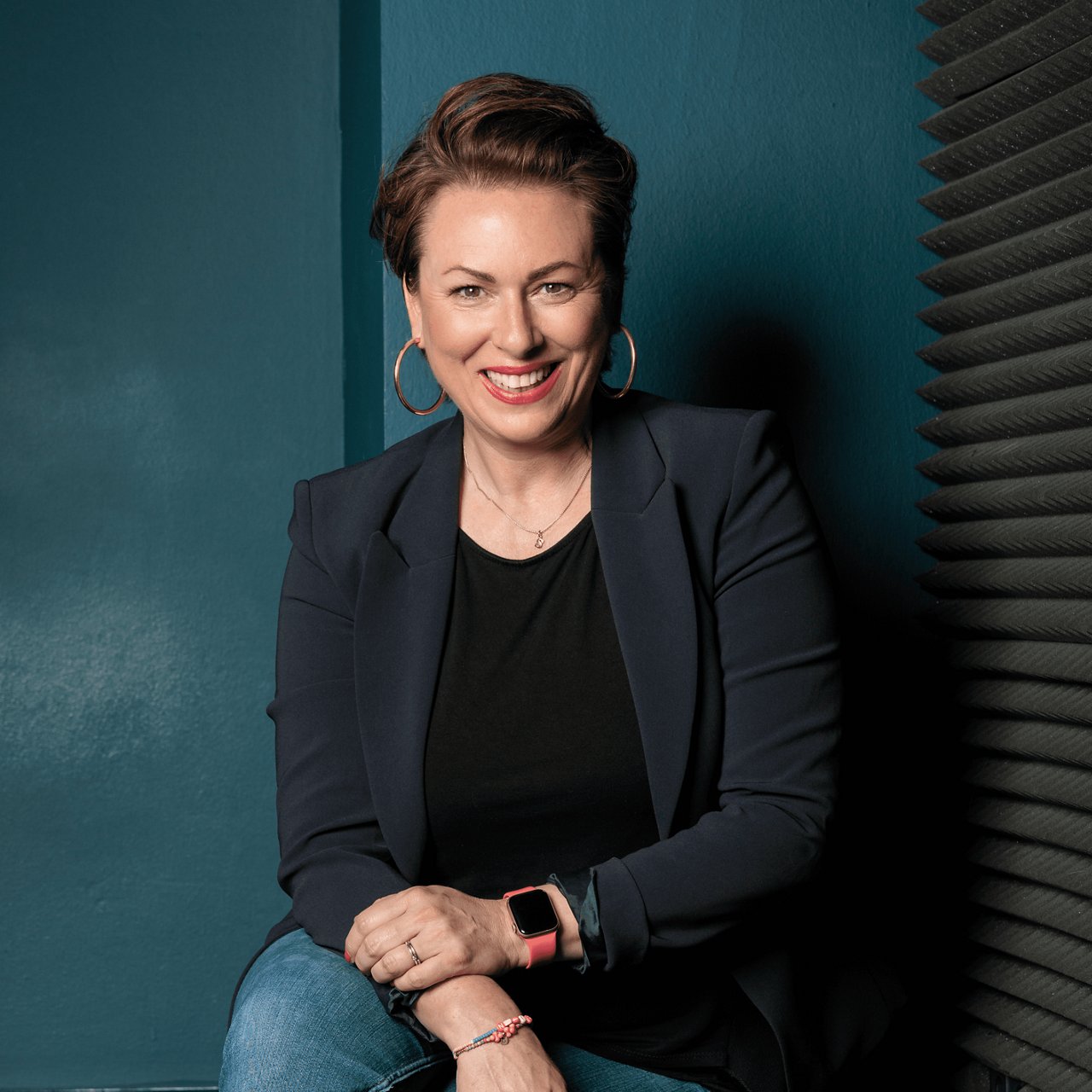with Karol Masalski
Managing Partner
The world of marketing and media is everchanging, with the metaverse rising to the top of popular spheres where the decision-makers of tomorrow spend their time. With tens of millions of daily, global active users, companies like Game Changer are harnessing the power of the metaverse to attract and retain future customers on behalf of their clients.
We sat down with Karol Masalski, Managing Partner of Game Changer, Group One Poland, to learn more about the metaverse and Roblox boom. Over the years, Karol has worked at various media agencies in strategy, media planning, and buying. During this time, he saw different marketing approaches, both from the creative side and from a strategic media perspective.
“At first, the idea behind Game Changer was to build a gaming marketing agency that would focus on the gaming community and introduce brands to players. We delivered over 100 campaigns tailored to this group before we spotted a huge potential in the metaverse in 2021. So far, we’ve built over 15 unique branded experiences for different clients because we know and understand the target audience and how to promote content through the most effective channels.”
Before we delve into details, it’s worth taking a step back to understand what the metaverse is. Many believe that Mark Zuckerberg invented the concept in 2021, but that’s far from the truth. The term "metaverse" was coined by science fiction writer Neal Stephenson in his 1992 novel Snow Crash. In the book, the metaverse refers to a virtual-reality-based successor to the internet, where users interact with one another and digital environments in a 3D space using their avatars. In short, it’s a virtual, 3D space where users can interact with each other in real-time through a device that gives them an immersive feeling. Sounds like a game?
We often say that a game can be a metaverse, but a metaverse doesn’t have to be a game. Today, we see multiple gaming platforms transform into what we call metaverse – look at Fortnite, for example.
A couple of years ago, everyone considered it a battle royale type of game where players compete with each other. Today, it’s a digital space where we can join our friends to experience a virtual music concert. On the contrary, there are multiple decentralized platforms, like Decentraland or Sandbox, where you can visit an art gallery or go to a casino and make virtual transactions with your cryptocurrency. While we still have a long way to go to experience the true definition of the metaverse, existing platforms and games are slowly starting to meet the criteria of being a metaverse platform.
The metaverse is not only a necessary advertising tool for today; it’s where the future decision-makers are. These people aren’t on Instagram, Facebook, or TikTok anymore. It’s the metaverse. That’s where they meet, hang out, and socialize, so that’s where Game Changer is. Did you know that the average Gen-Z consumer spends around 74 minutes on YouTube and 95 minutes on TikTok daily? When talking about Roblox, the figure jumps to an average of 156 minutes daily.
“We treat Roblox and any other metaverse platform as a long-term communication channel, like Facebook or Instagram. Would you erase your social media profile after a 2-month campaign? I don’t think so. Treat any platform that falls within the metaverse description as a media touchpoint of the future.”
With over 200 million monthly active users, Roblox is the biggest gaming platform where users can create unique worlds and experiences and invite others to join them, interact, and play together. The metaverse thrives on community interaction and collaboration. At the time of writing this article, Roblox has more than 70 million daily active users worldwide and 40 million experiences, 6 million of which are active quarterly.
The average Roblox user spends between 10 and 15 minutes in a branded experience. What other media format offers this level of engagement? Yes, over 70 percent of Roblox users are under 17 years old, but it’s the place to go to when you want to reach Gen-Z and Gen-Alpha audiences. Additionally, 17+ events can only be accessed by verified users over the age of 17, so you can target an older audience there too. 70 percent of the userbase might be children now, but fast forward ten years, and those children will become the young adult decision-makers of the world. That’s why we feel that, in the future, Roblox may become a metaverse platform, as we saw in Steven Spielberg’s Ready Player One movie.
Being an early adopter and innovator in a space with this kind of traction allows you to position yourself as a future leader in one of the most sought-after sectors, meaning more future customers and revenue. And for clients, the metaverse offers the chance to create immersive experiences that captivate customers in a way that retains them and builds brand loyalty.
There’s three main ways to get involved in the metaverse as a brand. Meta-commerce brings a product into the virtual world and sells it to customers. For example, this includes selling outfits for avatars to wear or real-life products sold through virtual shops, such as Clinique Lab. Meta-services create a customer support service within a virtual experience. For example, Fiat, the automotive brand, created an experience where users could look at the Fiat 500 up close and play around with it within a virtual space while talking to a virtual customer representative. Meta-entertainment is the largest category by far and involves gamified experiences, virtual concerts, watch parties, and all kinds of things to engage a community. The metaverse, undoubtedly, will play an increasingly important role in the future of commerce, entertainment, and social interaction.
“Clients who proactively invest in understanding and integrating metaverse trends and innovation into their business will be better positioned to adapt to evolving consumer preferences.”
There’s a stigma surrounding gaming and virtual experiences that companies must move past. Fortunately, the impact of the metaverse on advertising and branding is changing the trend. Brands we’d describe as “serious” may have avoided gaming in the past, but it’s quickly becoming a viable and profitable avenue of interest. In 2019, Netflix told its investors that they “compete and lose to” Fortnite more often than HBO, which shows how huge gaming has become in the modern world. Yes, there are games for children, but there are also video games for teenagers and adults, which is the beauty of the metaverse.
“If marketers don’t understand that this is the way to reach their future decision-makers, they’re doing it wrong. It’s important to provide our clients with a 360 approach, which includes expertise, guidance, and education essential for creating a holistic strategy. This results in building a dedicated virtual ecosystem of engaged community members.”
One of the biggest challenges in the metaverse sphere is that clients often need convincing to give it a go. Many marketers are set in their ways with paid ads on Facebook and YouTube rather than creating a virtual space to build and engage with a loyal community. YouTube ads may be cheaper, but the metaverse is unique because of its engagement. At this time, educating clients and understanding this cultural phenomenon is the number one roadblock.
Karol and his team studied different platforms to understand how they worked, what they brought to users, what they lacked, and what they could provide to brands. Thanks to their strategic background, the Game Changer team knew what clients would search for and what held them back.
“Many of our clients were cautious about Roblox because they didn’t want to advertise their product to underage consumers. Well, we don’t want to do that either. So, we found a niche area that we call education. We utilize Roblox as a canvas to create virtual, branded experiences that impact the future consumer. For instance, with ING City, we taught kids how to manage their finances effectively. With Skoda Bike Planet, we focused on the skills needed to ride a bicycle safely in road traffic. With Samsung’s Galaxy Station, we familiarized our consumers with all sorts of cyber threats. This appeared to be a game changer in our strategy, and since we launched our first metaverse activation in 2021, we’ve received over 25 awards to date. And parents love us!”
When Game Changer receives a brief from a potential client, they take a 360-degree approach to the situation because they know they have the skills to deliver everything needed to become a part of the brand’s virtual journey. They specialize in understanding the complexities of the metaverse, including the technologies, platforms, and user behaviors that clients rely on to guide them through the metaverse with expertise and education. It’s about finding a way to leverage the metaverse to achieve business objectives within an evolving space. Game Changer even offers free workshops and seminars to bring new clients on board and show them what’s possible.

The next step in the process is strategic planning. Game Changer works closely with clients during briefing sessions to develop custom strategies tailored to their specific goals and target audiences. This involves conducting market research to identify trends and opportunities. It’s all about planning in detail to maximize the brand’s presence and the impact that they can have within the metaverse space.
Then, it comes to the content creation and development stage. Game Changer has an in-house team of skilled creators, designers, and developers with experience in producing high-quality content. Whether it's a virtual environment, interactive experience, or digital in-game assets, the agency can deliver content to captivate that audience and drive engagement.
The implementation stage involves launching the planned experiences, which require knowledge, skills, and resources. Game Changer handles all sorts of technical aspects of implementation, ensuring that the launch is as smooth and as simple as possible for the client.
The final step in Game Changer’s process is to offer their measurement tool to track user behavior within the metaverse. Most platforms provide limited and generic data on user activity, including the average time spent in the experience, monthly active users, daily active users, new users, etc. Game Changer, on the other hand, tracks the activities, the users, what they do inside the experience, what quests they perform, what mechanics they like the most, and more. These unique and detailed insights can influence future updates and enhance the overall experience and results.
While many popular brands explore this territory and are quite successful, what about local brands that need to break through the clutter of virtual ecosystems? Game Changer is there to help these clients meaningfully engage with their audience, whether through social media campaigns, virtual events, or utilizing existing ad formats on particular metaverse platforms, such as Roblox Ads. With a team of creatives, Game Changer creates all the necessary formats to promote such ad campaigns, including videos, animations, key visuals, displays, and more.
Personalized targeted advertising is also sure to emerge in the future of the metaverse as brands learn to leverage gamification techniques. The possibilities are endless — ad experiences, virtual rewards, loyalty programs that encourage user interaction, and virtual currencies are just a few examples!
The metaverse constantly evolves, meaning you must keep up with emerging trends and position yourself to take advantage of them. It’s important to understand that we’re not at 100 percent of what the metaverse is capable of – nowhere near it! Over time, technology will improve, and prices will decrease, making it even more immersive and accessible for smaller brands.




























